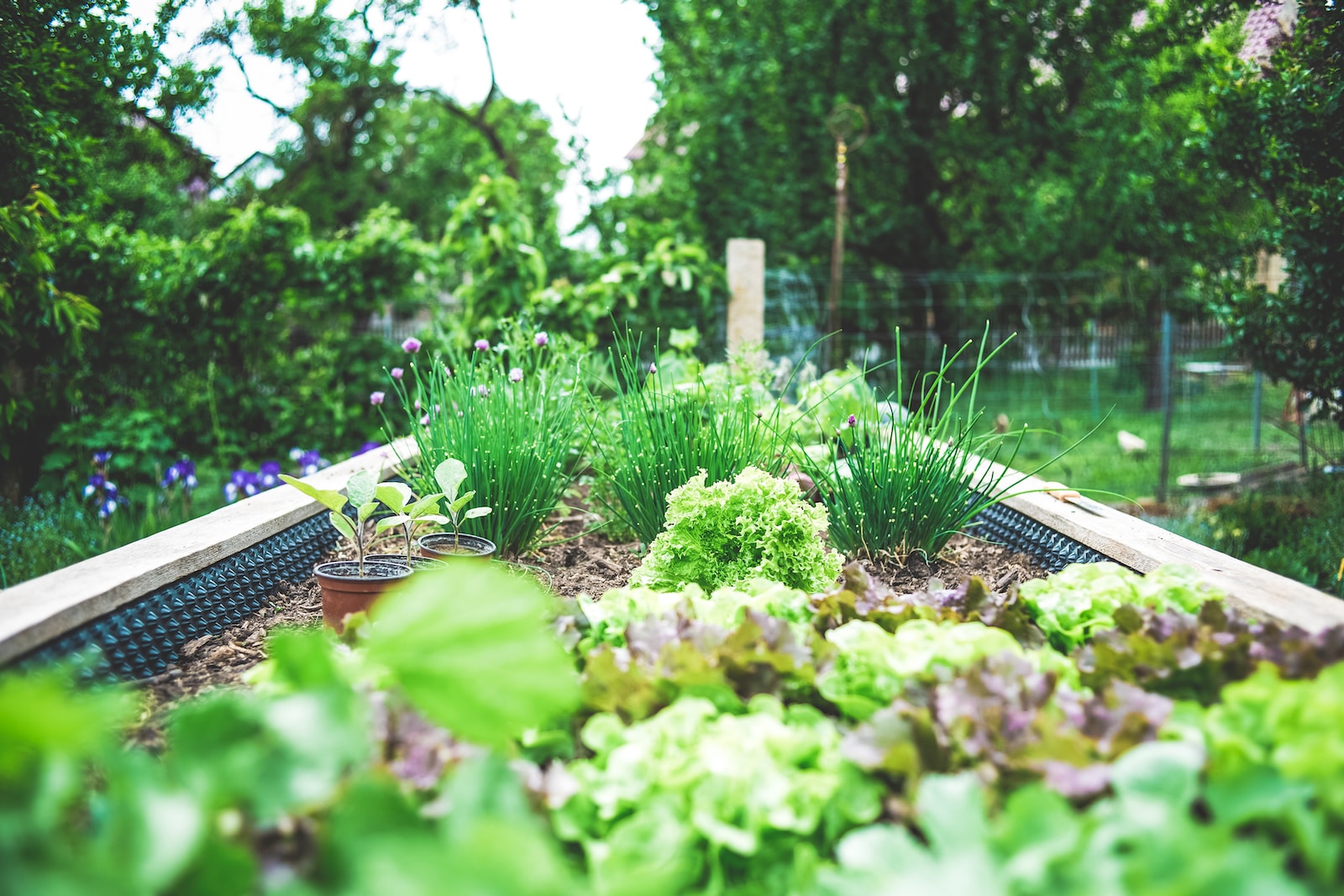The tomatoes have finally stopped producing. This year I had a bumper crop. The raspberries have also stopped bearing. Time to switch gears and get ready for winter. I like a vegetable garden to look neat and tidy during the winter. So here’s what I do.
1: Pull up all the dead plants. In my garden, that would be tomatoes, peppers, cucumbers, eggplant, beans, asparagus and squash. Since my raspberries are everbearing, I cut back all stalks to the ground. They will regrow next spring and produce abundantly through the summer and fall. I am also replanting my strawberries next year, so I dug them all up.
2: Pull as many weeds as you can and then rototill the earth. Don’t go too deep; just enough to turn under the remaining few weeds. Then I shovel compost over the beds and add a layer of dried leaves. On top of all that, I layer straw. I apply the compost in the fall so that it will have a chance to decompose over the winter and feed the soil. I mulch my blueberries with pine straw.
3: I planted kale and chard and lettuce in the late summer and it is ready to eat. The kale does fine with freezing temperatures, but the chard and the lettuce are more sensitive to frost. I put row covers over the chard and lettuce and continue to pick them, even after several nights in the twenties.
4: If you have leaves, rake them up or bag them with your lawn mower. I have a friend who gives me all her bagged leaves every fall. I really appreciate this because I don’t have that many mature trees in my yard yet.
Next year I am experimenting with “raised row” planting. I have one portion of my garden where I’ve created five rows, approximately 10 feet long. I’ve made the rows about six inches high and incorporated a lot of compost and leaves. Then I covered the rows with straw. The walking space between the rows is heavily covered with straw. We’ll see how they do next year. The point of this is to apply the compost and soil amendments only to exactly where you’ll plant. I’ve also devoted a few of my beds to an experiment with “no till” gardening. In this case, you really pile on the straw, so in the spring you just dig down through the straw and plant.
The four steps I’ve mentioned here sound very simple and they are, but they are a lot of work. Just pace yourself and enjoy what you’re doing. You will be rewarded with fresh vegetables all summer.

Leave a Reply
You must be logged in to post a comment.